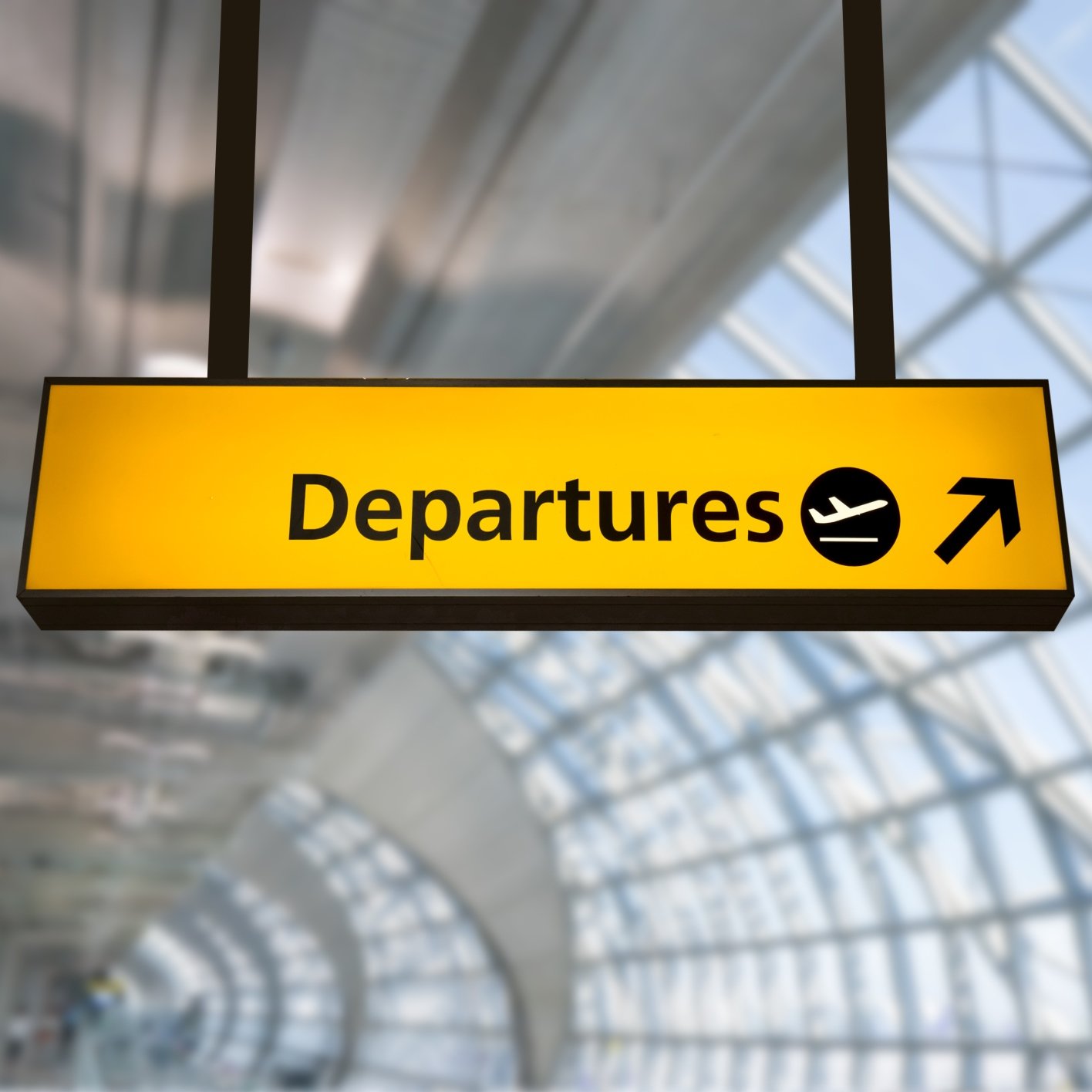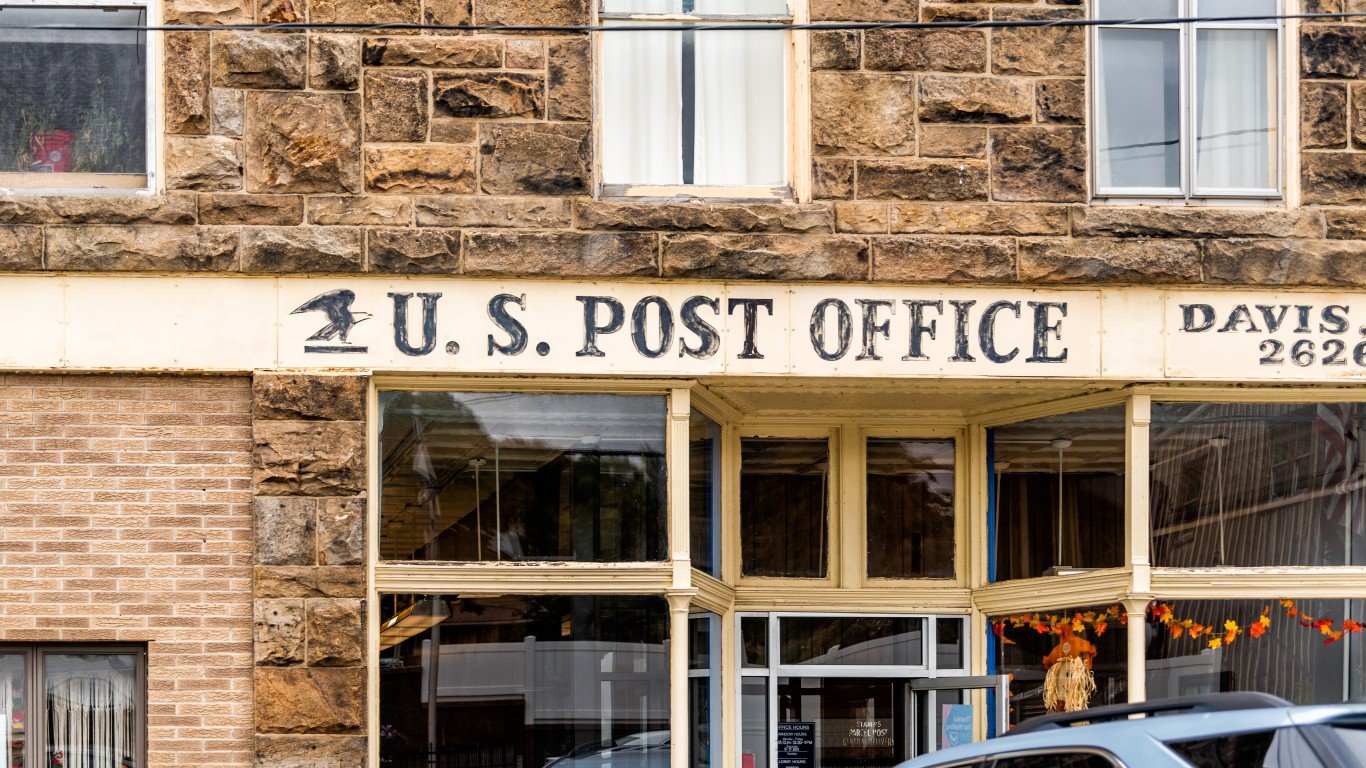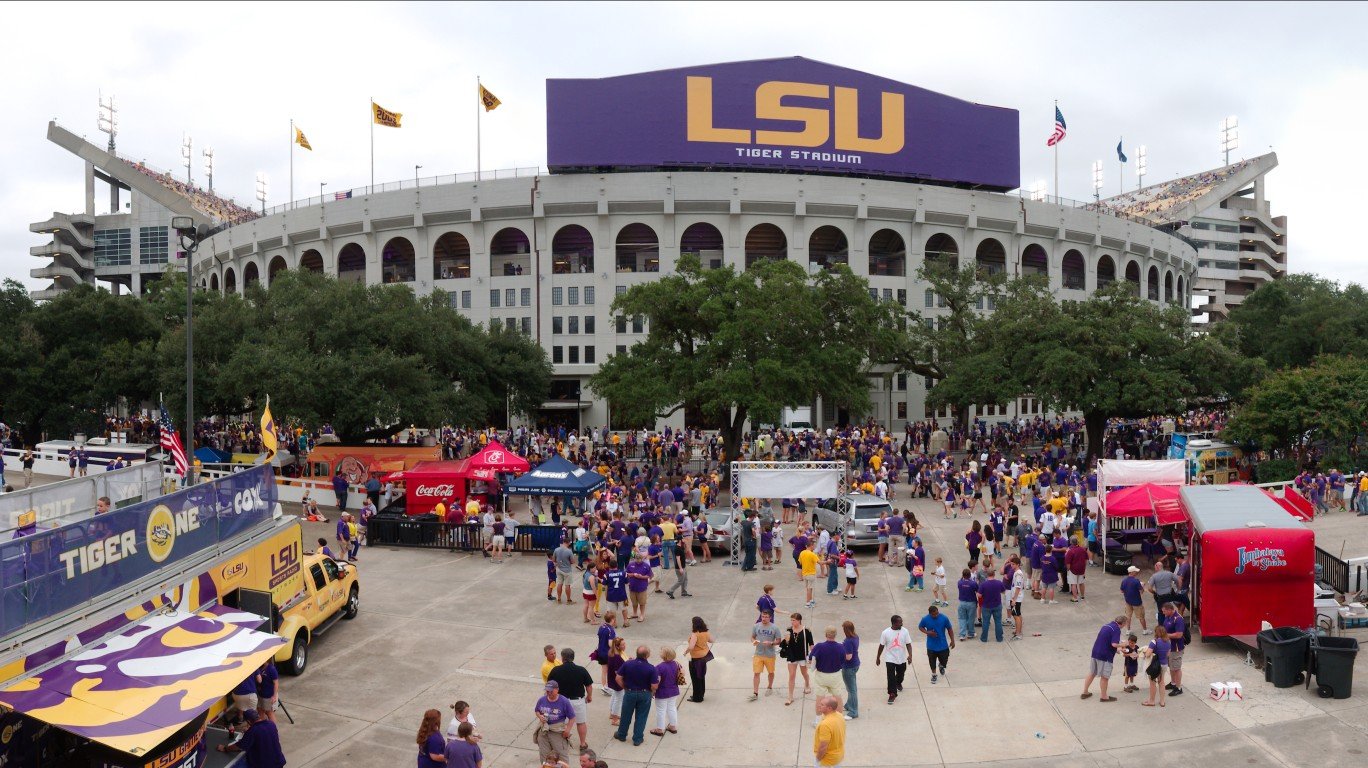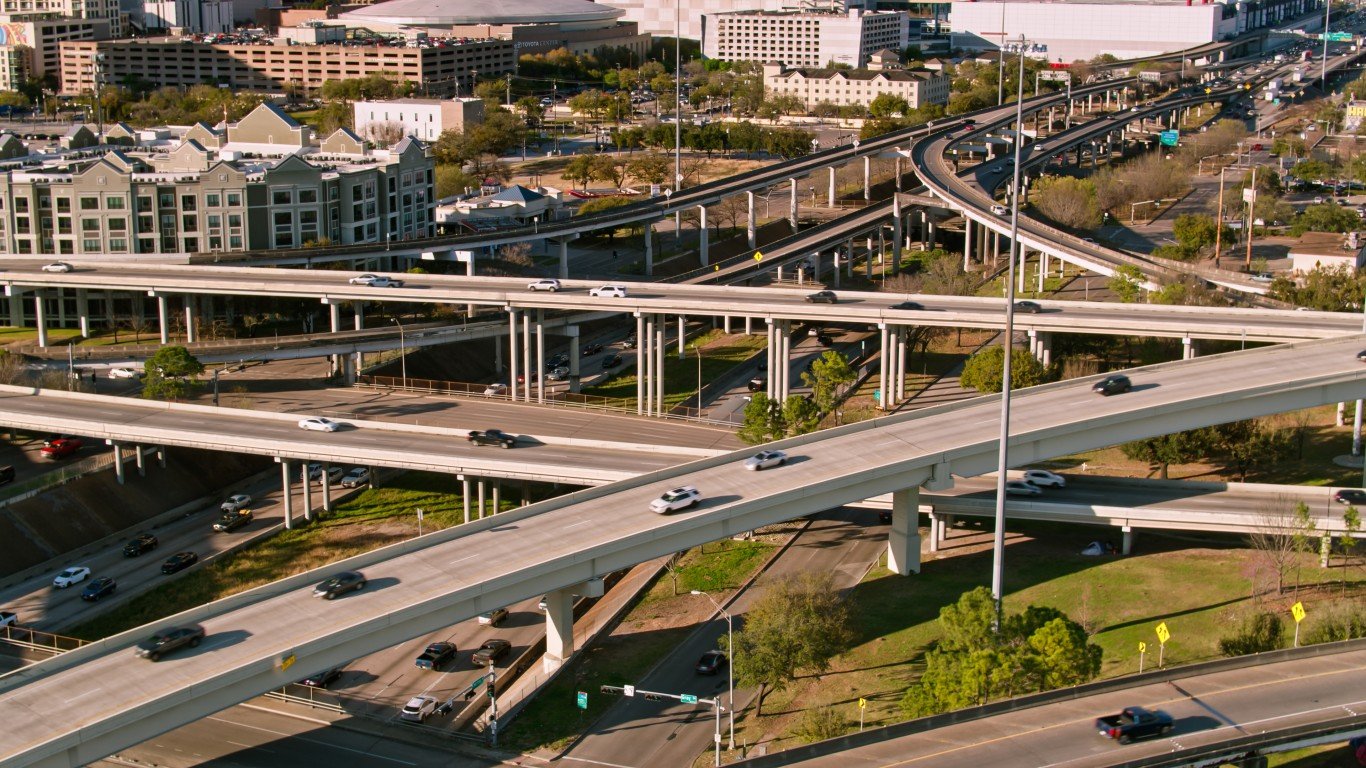
Like much of the rest of U.S. infrastructure, many major airports could do with some serious remodeling. A report published last year reckoned that an investment of $15.1 billion was needed annually until 2019 to accommodate growth and renovate the infrastructure.
The March 2015 report from the Airports Council International-North America (ACI-NA) also notes that the average annual expenditure required exceeds airport funding from annual Airport Improvement Program (AIP) grants, new Passenger Facility Charge (PFC) revenues, and airport generated net income.
Of the total required investment, 56% is target for expanding passenger and cargo activity and 38% is intended to repair, maintain and keep the nation’s airports “up to the standards for the aircraft that use them.”
The ACI-NA report noted:
It is clear that the existing federally-mandated funding system cannot meet U.S. airport capital needs for modernizing and expanding airport capacity which is critical for a safe, efficient and globally competitive aviation system.
While investing in infrastructure is critical, most of us judge our experiences with airports on whether flights arrive and leave on schedule, how accessible the airport is and the amenities we find in them. At least those are the criteria judged most important by the frequent flyers at The Points Guy website, who put together their list of the 10 best and 10 worst U.S. airports.
According to their rating system here are the 10 best airports in the United States:
- Phoenix, Arizona, Sky Harbor
- Portland, Oregon, International
- San Diego, California, International
- Salt Lake City, Utah, International
- Honolulu, Hawaii, International
- Seattle-Tacoma, Washington, International
- Philadelphia, Pennsylvania, International
- Charlotte, North Carolina, Douglas International
- Las Vegas, Nevada, McCarran International
- Minneapolis-St. Paul, Minnesota, International
Among the best airports, Salt Lake City and Honolulu had the best on-time records, and Salt Lake also had the lowest percentage of cancelled flights. But Salt Lake fell to number four in the ranking based on “sluggish” public transportation and “a lack of lounges.” Honolulu slipped to fifth also for public transportation problems. Phoenix edged out Portland on the basis of greater accessibility.
The 10 worst U.S. airports are:
- New York City, LaGuardia
- New York City, John F. Kennedy International
- Newark, New Jersey, Liberty International
- Chicago, Illinois, O’Hare International
- Detroit, Michigan, Metro
- Orlando, Florida, International
- Washington, D.C., Dulles International
- Denver, Colorado, International
- Los Angeles, California, International
- Houston, Texas, George Bush Intercontinental
The three major airports serving New York City were, perhaps unsurprisingly, the worst, with LaGuardia suffering from the highest rate of delays and cancellations, as well as the second-longest drive time, and “extortionate” parking fees.
For more details and a listing of the 30 busiest U.S. airports ranked from best to worst visit The Points Guy.
Essential Tips for Investing: Sponsored
A financial advisor can help you understand the advantages and disadvantages of investment properties. Finding a qualified financial advisor doesn’t have to be hard. SmartAsset’s free tool matches you with up to three financial advisors who serve your area, and you can interview your advisor matches at no cost to decide which one is right for you. If you’re ready to find an advisor who can help you achieve your financial goals, get started now.
Investing in real estate can diversify your portfolio. But expanding your horizons may add additional costs. If you’re an investor looking to minimize expenses, consider checking out online brokerages. They often offer low investment fees, helping you maximize your profit.
Thank you for reading! Have some feedback for us?
Contact the 24/7 Wall St. editorial team.



